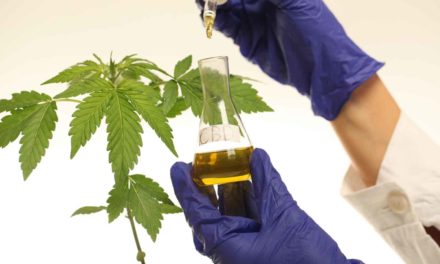Upon inspecting your pharmaceutical facility, the FDA will issue a 483-observation report if there are inadequacies found during the inspection process.
The purpose of this report, given by the FDA auditor, is to detail in writing any conditions or practices observed by them which, in their judgment, indicate that any drug in the establishment:
1. consists in whole or in part, of any filthy, putrid or decomposed substance
or
2. has been prepared, packed or held under unsanitary conditions whereby it may have become contaminated with filth or whereby it may have been rendered injurious to health.
The observations of objectionable conditions and practices listed on the front of this form are reported:
1. Pursuant to section 704 (B) of the Act, or
2. To assist firms inspected in complying with the Acts and regulations enforced by FDA.
In terms of the Food Drug and Cosmetic Act, chapter 501 (A) (2) (B); A drug shall be deemed to be adulterated if the methods used in, or the facilities or controls used for, is manufacture, processing, packaging, or holding, do not conform to or are not operated or administered in conformity with current Good Manufacturing Practices, to assure that the drug meets the requirements of this chapter as to safety and has the identity and strength, and meets the quality and purity characteristics, which it purports or is represented to possess.
In performing a GMP or preapproval inspection audit, investigators use their judgment in terms of interpreting the regulations, and observations must be significant and correlate to the specific regulated products or processes be inspected. Furthermore, although observations of questionable significance are not listed on form 483, pharmaceutical management should expect to discuss these with the FDA regulators.
In presenting their observations, FDA inspectors will present these in a clear and specific way for ease of understanding. Observations will be significant, will not be repetitious and will always commence with the worst observation first, with others ranked in order of significance.
During inspections, site management should expect daily interaction with the regulators, with complete involvement from site management. This can involve in process discussions, but as a minimum, you will usually involve end of day highlights of that day’s findings. During these discussions’ inspectors will assure that there will be no surprises or errors so that misunderstandings by the site management will not occur. At the end of the inspection there will be a formal close out discussion prior to the issuance of the 483 form, which will list the individual observations.
In interpreting the 483-form site management should understand that these are inspectional observations and may not represent a final agency determination regarding the status of your compliance. This leaves the opportunity for site management to object to an observation or to issue a plan or a corrective action in response to an observation as it is discovered. Such plans and corrective actions should be submitted to the FDA as part of any remediation activity.
During the inspection, site management should be able to gauge how well the inspection is progressing. For example, management should be paying attention to what the FDA inspectors are saying as the site responds to questions. The types of questions being asked potentially could raise an obvious red flag, as should the request for certain samples or records being collected. If there is an inspection extension, this may also indicate that there may be some significant issues to be corrected. Finally, if additional inspectional members join the inspectional team, this will be a strong indication that there is a serious issue/problem.





